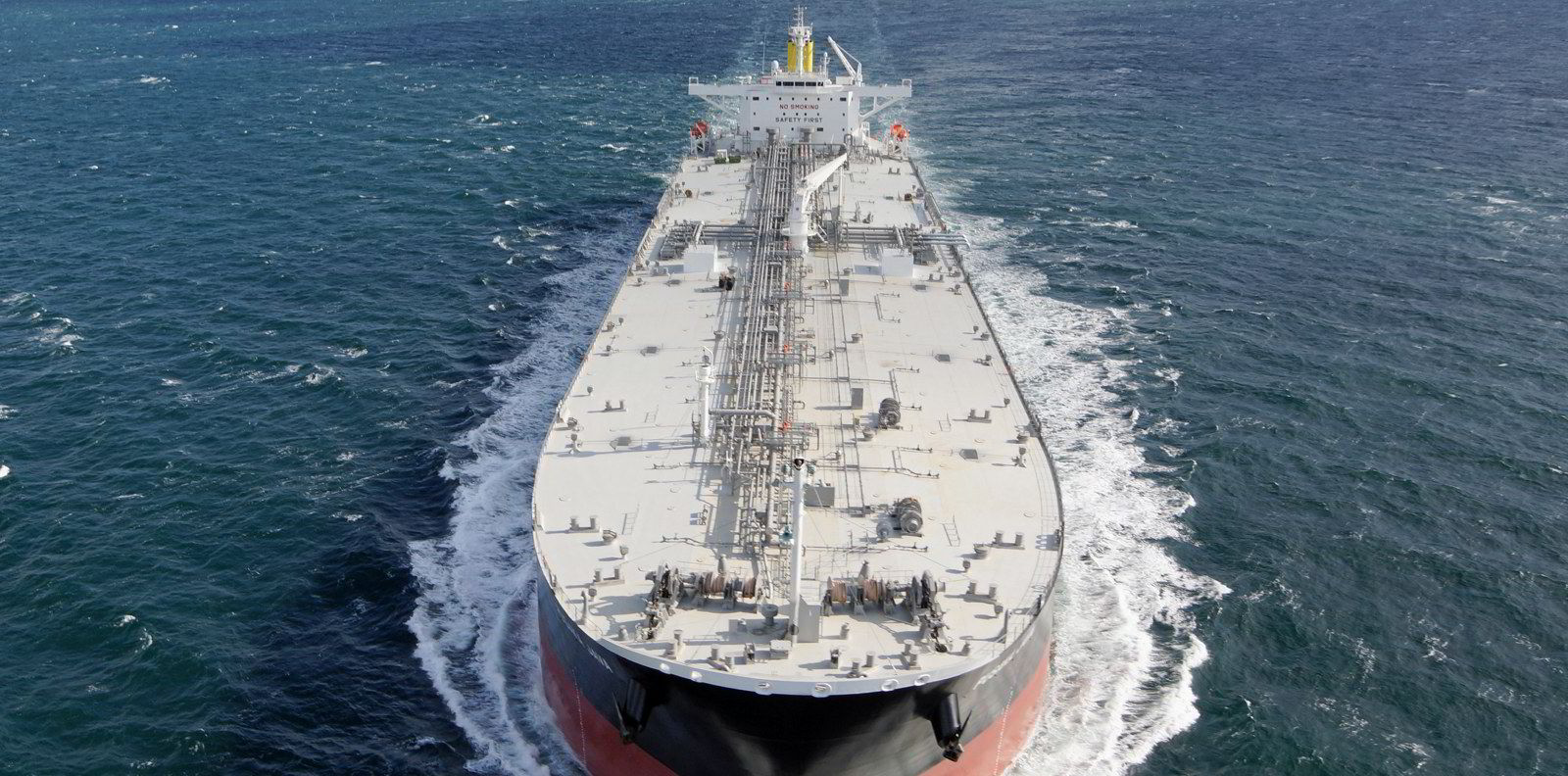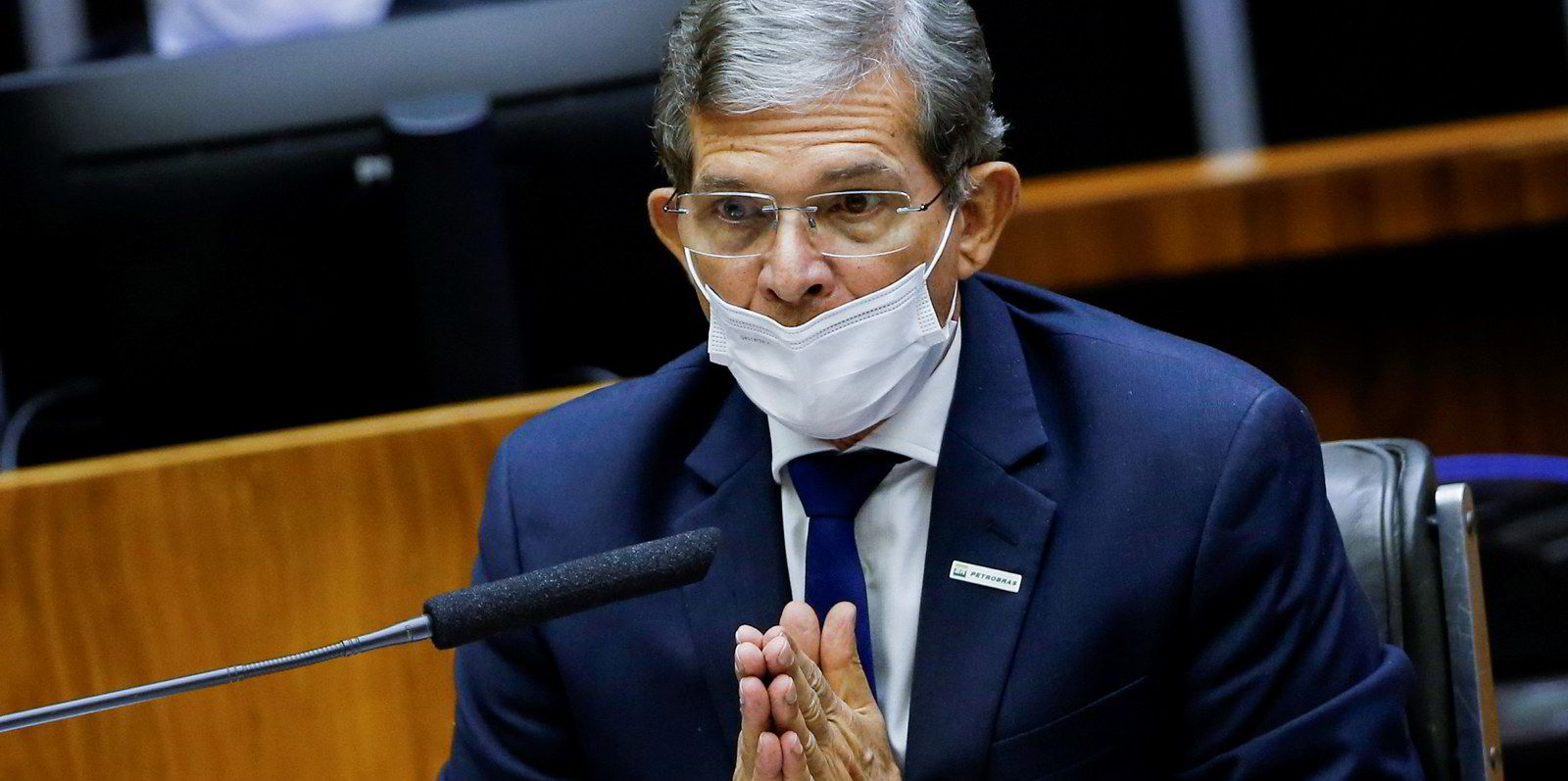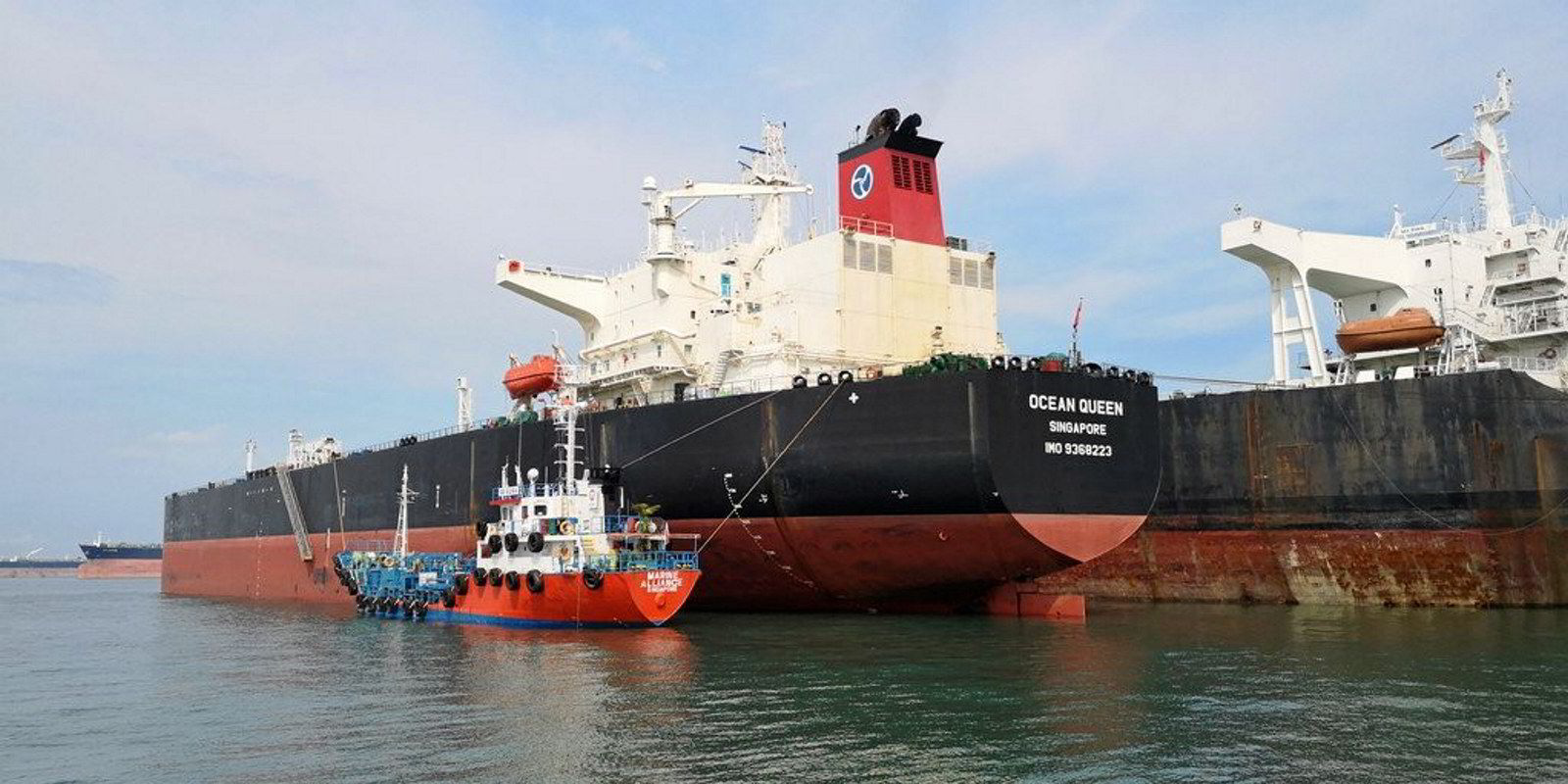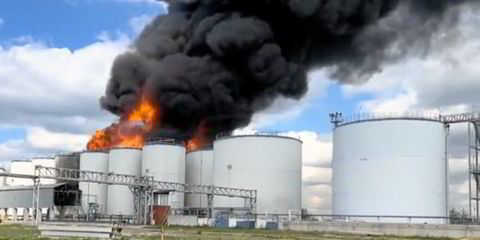Aframax tanker owners can expect a boost in shipments from Russia this month, according to Gibson Shipbrokers.
The UK shop said loading schedules indicate rising shipments of Urals and Caspian Pipeline Consortium (CPC) blends.
"After many months of pain, crude tanker owners will finally see an increase in the volume of Russian export cargoes in the coming weeks," Gibson said.
Reuters estimates that Urals crude loading at Baltic ports such as Primorsk, Ust Luga and Vysotsk will increase to 6m tonnes in October, from 5m tonnes in September.
This represents an increase of about 20% month on month.
Similarly, North Sea production is up 10% month on month for October, while overall Opec+ output is due to rise by 400,000 barrels per day (bpd).
Maintenance completed
Gibson said current estimates place October Urals volumes out of Black Sea port Novorossiysk at 1.74m tonnes, a little lower than the 1.81m tonnes seen in September.
But CPC volumes are expected to increase as completed upstream pipeline maintenance should facilitate greater flows to Black Sea Ports, Gibson said.
In the Baltic region, completed oilfield maintenance and ongoing refinery maintenance are contributing to a rising surplus of Urals requiring additional Baltic loadings.
"This means Russian crude will have to be absorbed by overseas markets. All these factors provide a very positive short to mid-term set of drivers for aframax tankers, which many owners hope will translate into higher vessel earnings, albeit from a very low base," the broker added.
The rise in output could be an early indicator of seasonal strength in the market, the company argues.
"In the Black Sea, the higher probability of Turkish Straits delays over the coming months rises. While these delays are a short-term boost, recent occurrences show the extreme volatility they can briefly generate," the broker added.
Rock-bottom rates
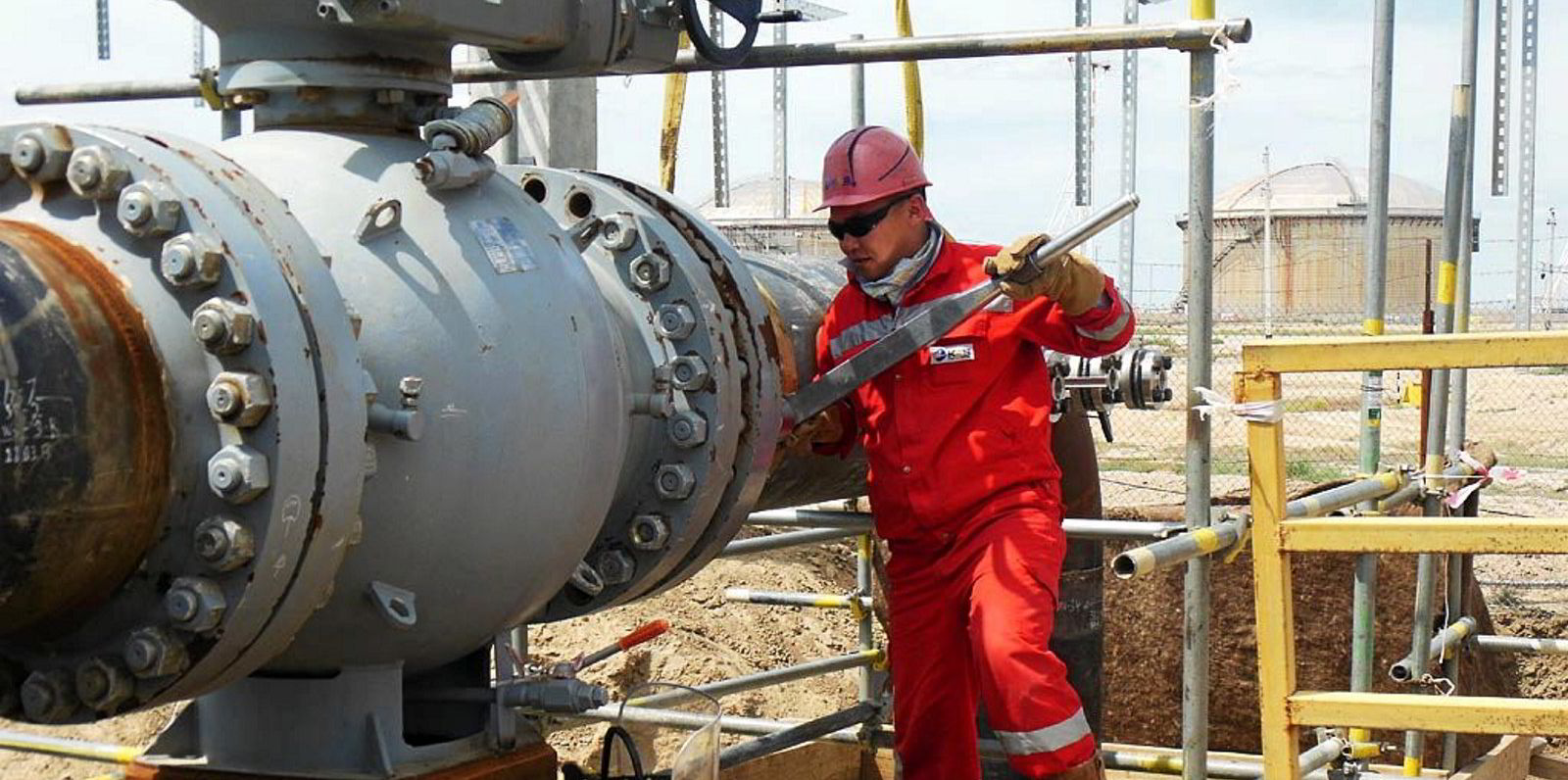
Fearnley Securities' basket of aframax spot rates shows earnings of just $165 per day on Monday, down 90% month on month.
Gibson argues that as the fourth quarter progresses, the market should see increased production along with deteriorating weather patterns, which should help aframax rates to rise.
Beyond that, winter demand for crude and Baltic ice formations could put further upward pressure on rates, should the ice-class season materialise to a sufficient level.
More broadly, the October data provides evidence of expanding Russian crude production and exports under the Opec+ deal.
As Brent crude briefly touched $80 per barrel earlier this month, and oil demand continues to rise, this may raise the prospect of a gradual loosening of Opec+ production quotas at upcoming meetings, Gibson believes.
"Producers such as Russia will become increasingly incentivised to raise production levels further in line with any amended agreements to benefit from higher earnings revenue to finance government expenditure and shore up foreign currency reserves," the UK shop said.
Big jump coming?
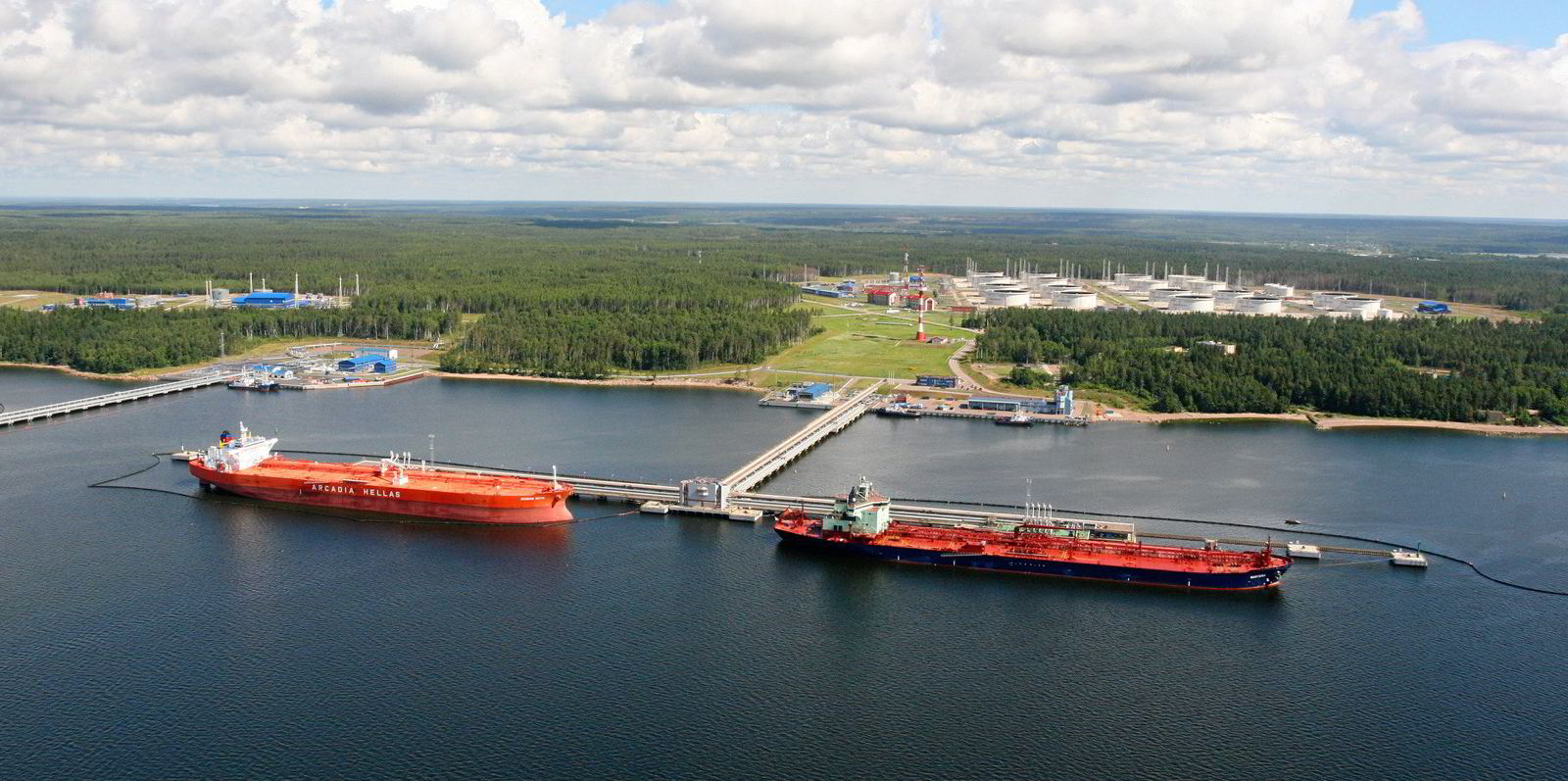
Bloomberg is forecasting that Russia will increase its crude and condensate production to 11.24m bpd in 2022, up 8% on 2021 levels.
"While issues such as the energy transition and Covid-19 economic recovery raises some questions about exactly how long Russia could maintain higher exports, the short to medium-term necessity to meet energy demand and rising supply should provide some much-needed comfort for the market," Gibson said.
